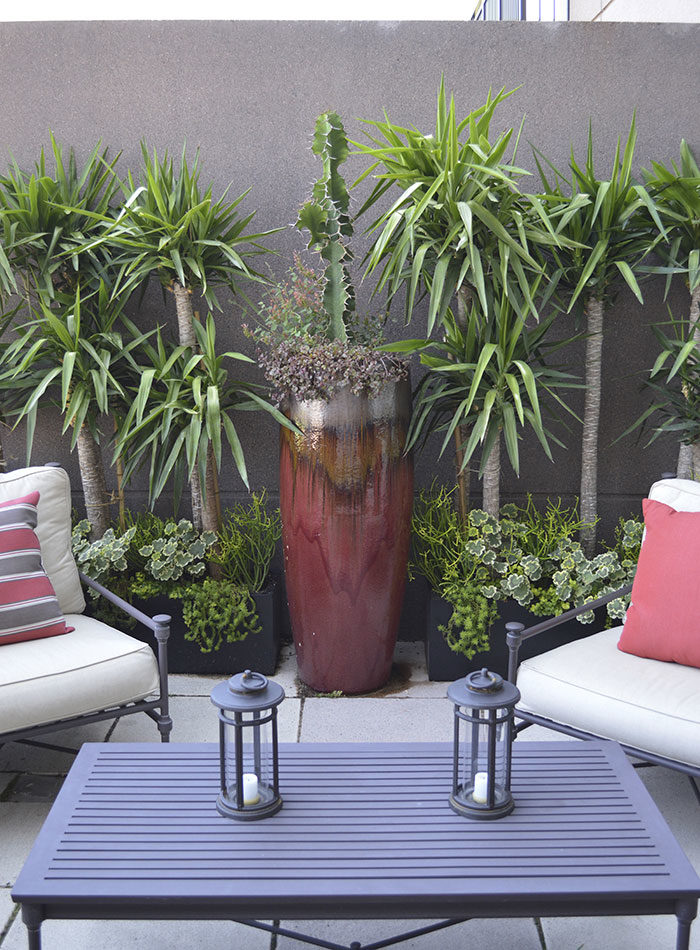
Microclimates can pose unique challenges as you plan for and maintain your yard and gardens. Although not all challenges are a bad thing, they can be expensive. For those of you who are unfamiliar with the term, a microclimate is a small area within an otherwise normal space that reacts differently than the rest of the space; because of this area’s particular location, surrounding structures, and vegetation, it can be hotter, windier, or colder than the rest of your yard. These conditions may exist year-round or seasonally.
Wind has created microclimates for many of our clients over the years. Typically, their homes have been elevated and we have dealt with either rooftop gardens or high-rise balconies. We have had to be very clever with our placement of columnar plants and cognizant of leaf size, knowing that the wind would shred anything large, such as the leaves of elephant ear (Colocasia spp. and cvs., Zones 8–11) or large-leaved coleus (Plectranthus scutellarioides, Zones 10–12). Some of these balconies would have a quiet, sunny corner, while the opposite end was constantly being whipped around by the wind. So much for symmetry within our containers!
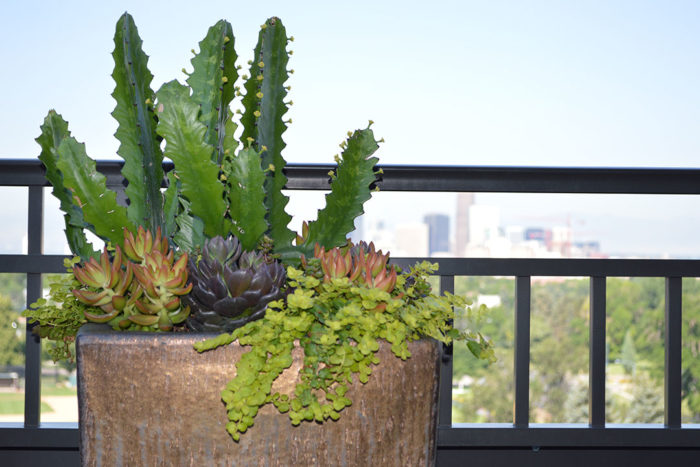
Needless to say, we have had to be thoughtful with our plantings. If wind is an issue that you struggle with in your gardens, don’t be afraid to keep your plantings low; you can create some real drama in small packages. We love using a mixture of succulents and cacti to keep planting low and sturdy against the wind. We use a combination of ‘Black Prince’ echevaria (Echevaria ‘Black Prince’, Zones 9–12) along with golden creeping Jenny (Lysimachia nummularia ‘Aurea’, Zones 3–9), candelabra euphorbia (Euphorbia candelabrum, Zones 10–12), and coppertone stonecrop (Sedum nussbaumerianum, Zones 9–11). We also use walls to help support our taller plants such as yuccas (Yucca spp. and cvs., Zones 5–10) or a beautiful cactus. Lastly, wooden or metal stakes are your friend. Prop those plants up as needed, and don’t be afraid to use some gardening twine in discreet places to give your wind-blown plants even more support.
Another common microclimate is created by the sun and heat. A hot spot in your garden can be difficult to maneuver at first, but over time, you’ll discover some dry garden plantings or full-sun perennials that will thrive in the heat. Our never-fail dry-location and full-sun recommendations include ponytail palms (Beaucarnea recurvata, Zones 9–11), yuccas, pencil cactus (Euphorbia tirucalli, Zones 10–12), and asparagus ferns (Asparagus aethiopicus, Zones 9–11), to name a few. Anything with great texture that won’t shrivel is a winner in our book. In our current yard, we have two containers spread 15 feet apart, both in full sun. One of those containers (Mr. Right) is thriving, and we can do no wrong. The other container (Mr. Wrong) has destroyed more annuals and filler than we’d like to admit. The only explanation is that for whatever reason, Mr. Wrong has its own mini-microclimate. Go figure!
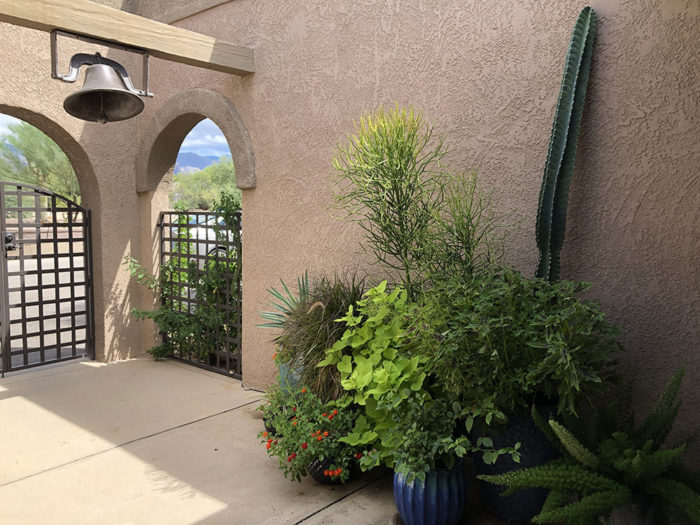
There are ways you can take advantage of microclimates. One example comes from a home’s structural surroundings. Courtyards are a common architectural feature in Southwestern homes. If your home features a courtyard, this can be a fantastic space to feature containers that might not survive elsewhere on your property. Courtyards are such a great microclimate due mostly to the protection from the wind and extreme heat. The walls of the courtyard often help retain heat during the cooler months, which keep the plants happy and better protected from the cold. Yet during the hotter months, the courtyard can be a place of respite from the extreme sunlight with the shade it provides. Ours is turning into a Little Shop of Horrors; the plants are growing so fast that we can’t keep up with them.
Microclimates can definitely be a challenge, but they also require you to focus on the various spaces within your garden to understand how the elements affect them. Slow down and watch the sun and wind and how they change from one area to the next. Moving to a new zone and climate can be a big adjustment, so give yourself the time to understand your garden. It will pay off down the road.
Sheila Schultz and Laurel Startzel are a mother-daughter duo who founded Denver Dirty Girls Container Gardening while living in Denver, Colorado and have continued their business since moving to Tucson, Arizona.




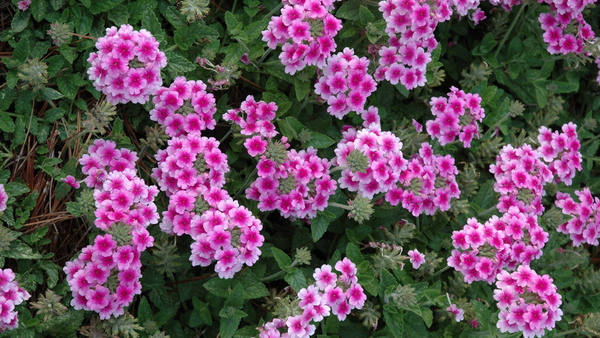
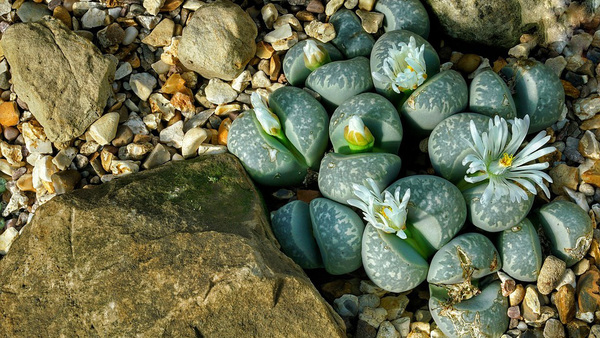













Comments
Log in or create an account to post a comment.
Sign up Log in